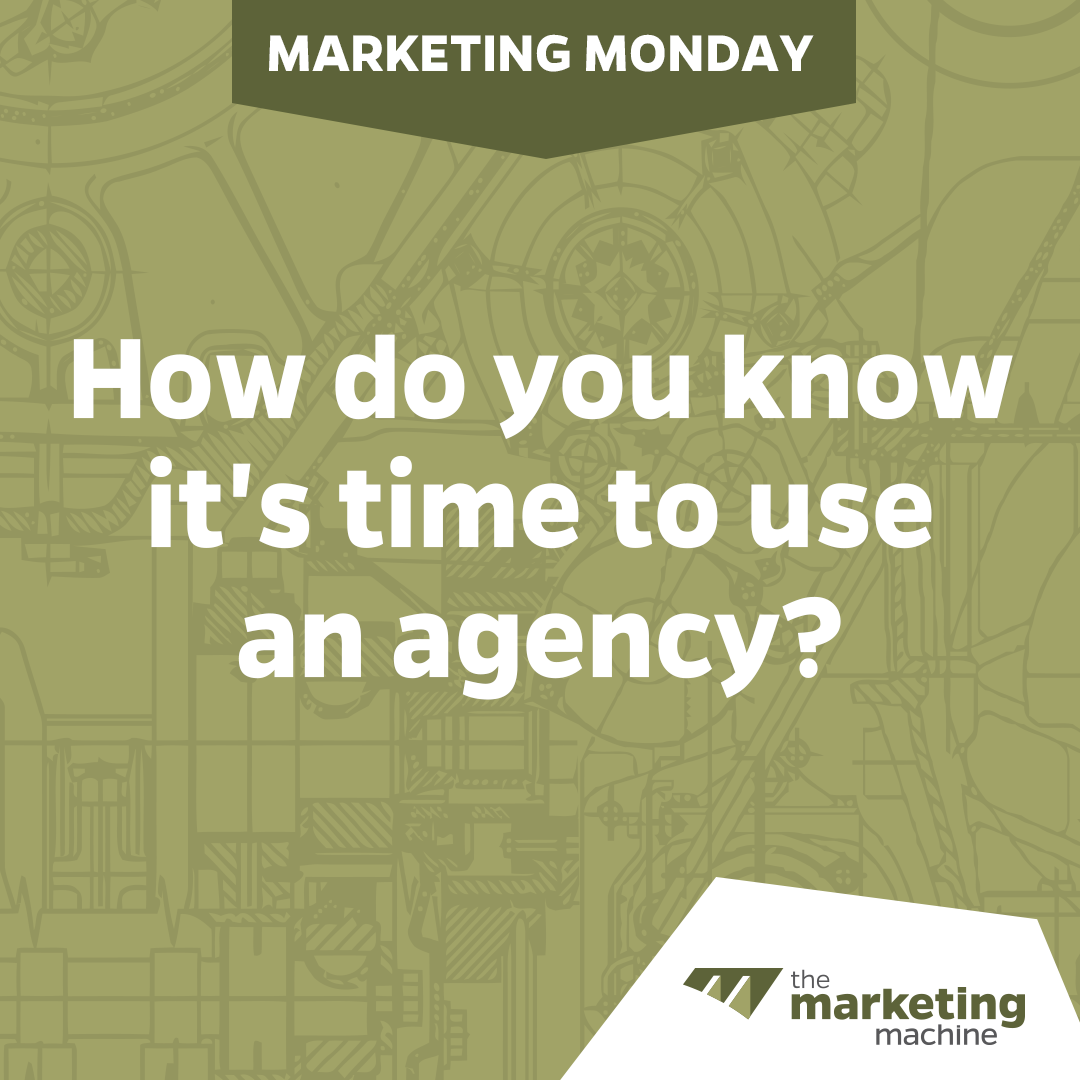In today's business landscape, effective marketing and creative services are vital for success. One crucial…
How to Use Emotion to Develop a Successful Marketing Strategy

We’ve all seen how people rush to apply to adopt a dog or cat rescued from an abusive situation when it’s posted on social media. When someone else advertises a well-loved pet looking for a new home, however, the response is not quite as enthusiastic. Posting an appeal for a pet to be placed in a new home is essentially an ethos marketing exercise, which is one example of how emotion can affect the process. As you take steps to develop a marketing strategy for your company, it’s important to use this emotional approach to increase your success.
How Emotion Fits Into Marketing
Successful marketing requires your customer to make a final buying decision in favor of your product or service. Whether the choice is made to purchase your offering instead of a competitor’s, the decision is based on a combination of logic and emotion. Every day, companies use emotion in marketing, either intentionally or unintentionally. It’s important to understand the role emotion plays and implement this tool in an effective way. Here are some ways to incorporate emotion into your marketing strategy.
1. Gather Customer Insights
Identifying your target audience is critical for successful marketing. This is done by collecting insights into the buyers’ feelings, emotions and behavior that drive them to make decisions. The skill is in connecting those insights to your brand.
During the discovery process for our marketing campaign for Greenville Appliance and Mattress, for example, it became clear that the ‘local’ and ‘homegrown’ aspects of the brand were strong selling points for the client. Since the company had been operating in the area for over 65 years, it was important to develop a marketing strategy that included retaining the name of the city. This enabled the company to connect with potential consumers’ feelings of nostalgia, familiarity, and trust by highlighting the hometown focus on service and support by knowledgeable local salespeople.
2. Employ Emotion in Positioning
Using emotion in marketing, in your brand positioning, helps you target specific consumer experiences. Once you understand your target customers’ needs and wants, it’s possible to identify the ways in which your product or service addresses these.
Present your offering as a solution to these needs and wants by appealing to the emotions driving them. In our Greenville Appliance & Mattress case study, for example, customers liked the idea of supporting a locally owned organization and the jobs it created in the community.
3. Tell a Relevant and Interesting Story
People process stories through a different cognitive system, so emotional storytelling can help to motivate their response. Your brand story needs to create an emotional connection by focusing on something your audience cares about and wants to support.
For Greenville Appliance and Mattress, it was important to develop a marketing strategy that focused on the emotional equity the company had in the community. It also addressed the quality products and friendly service provided to residents during the years it had been in business.
4. Use Imagery that Evokes Emotion
In the early days of advertising, a popular way to market a product was to use imagery to evoke emotion. What better way than seeing the 1971 Coca-Cola “Hilltop” ad with an international group of people coming together to sing “I’d like to Buy the World a Coke.” It tugged at the heartstrings of millions and continues to be one of the best ads that Coke produced.
Humans process images a thousand times faster than text and are drawn to beautiful visuals, which is why showcasing strong graphic design is such an important factor in marketing. This is also one of the reasons TV and video have so much effect on consumer purchase behavior. Evoking an emotional response to your products or services through powerful pictures increases the amount of interest and attention they get.
Types of Emotion Used in Marketing
It’s one thing to talk about ‘emotion in marketing’ but that’s an all-encompassing term. We can group the most common emotions used by marketers in product positioning into the following categories.
· Fear
Fear has many faces, and it’s a powerful human emotion that brands utilize in their marketing. Fear of being left behind, missing out on something, fear of not being ready for something—all of these offer brands the chance to speak directly to the consumer.
How often do you see marketing that says, “Act Now” or “For a Limited Time Only,” which creates the suggestion that if you don’t buy NOW you could miss out? We see it so often we don’t even think about it, but it plays on our subconscious mind, making consumers feel compelled to make a purchase quickly.
· Love and Belonging
One of the strongest driving forces for humans is the need to feel loved and belong. We respond positively to anything that promotes the possibility of achieving this. When you develop a marketing strategy that speaks to this desire and addresses the emotions of love and belonging, you motivate people to buy more readily than if you use marketing driven by fear or sensationalism.
In the case of Greenville Appliance & Mattress, the sense of community and oneness was promoted by highlighting the company’s length of service and retaining their hometown affiliation.
· Guilt
Many people suffer from a sense of guilt, whether it’s justified or not. Guilt can be about not being good enough, not spending enough time with family, not working hard enough, and not keeping up with the Joneses, just to name a few. If your marketing promotes a product or service that helps them to address these issues, makes them feel less guilty, or provides justification for their actions, then you’re tapping to consumers’ feelings of guilt.
The role of emotion in 21st-century marketing gives advertisers the tools necessary to reach a greater audience through various media and print platforms. This brings out an emotional attachment or connection to their products.
For more information on how to develop a marketing strategy that appeals to your audience’s emotions, please contact us to set up a consultation.


